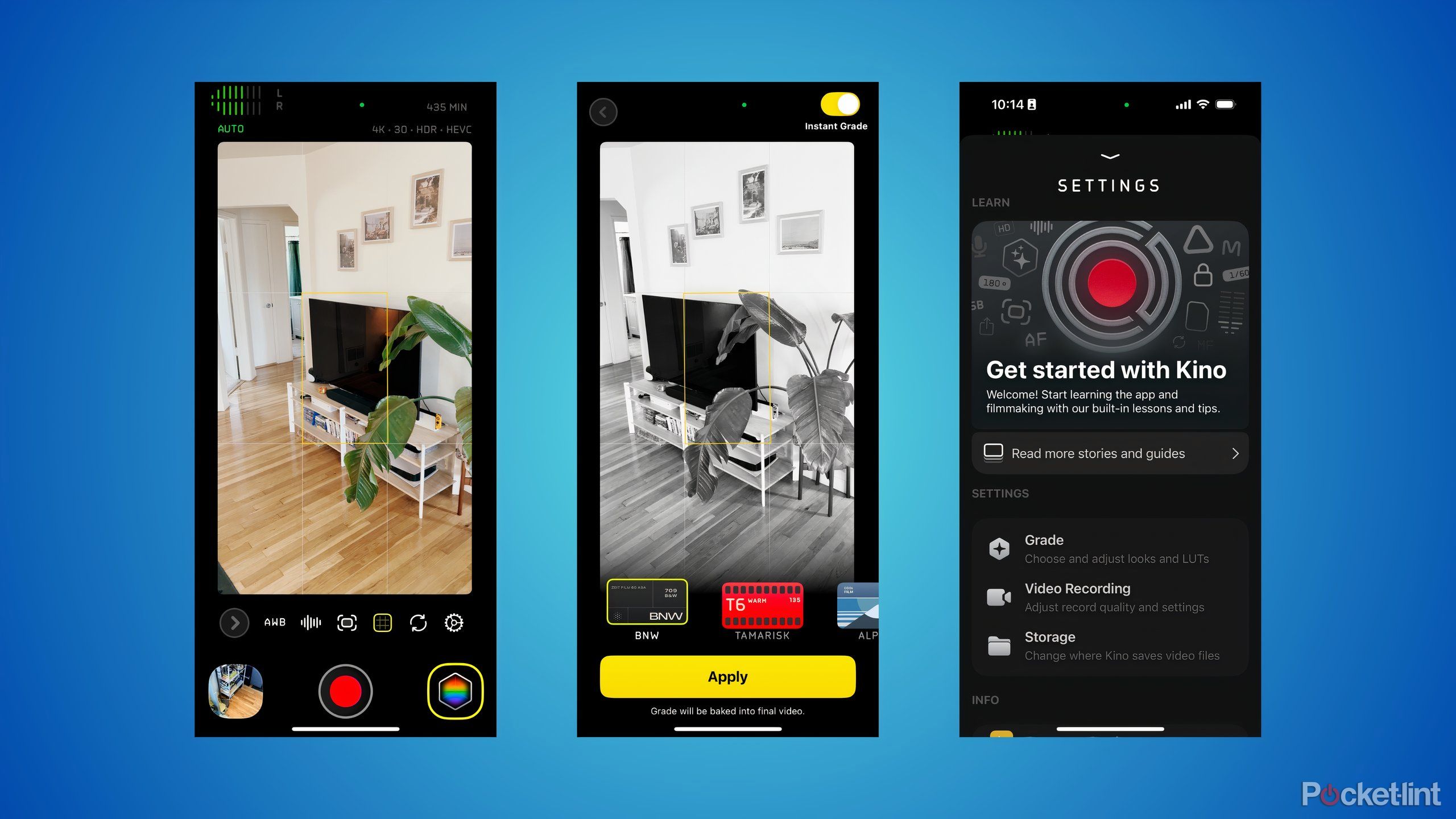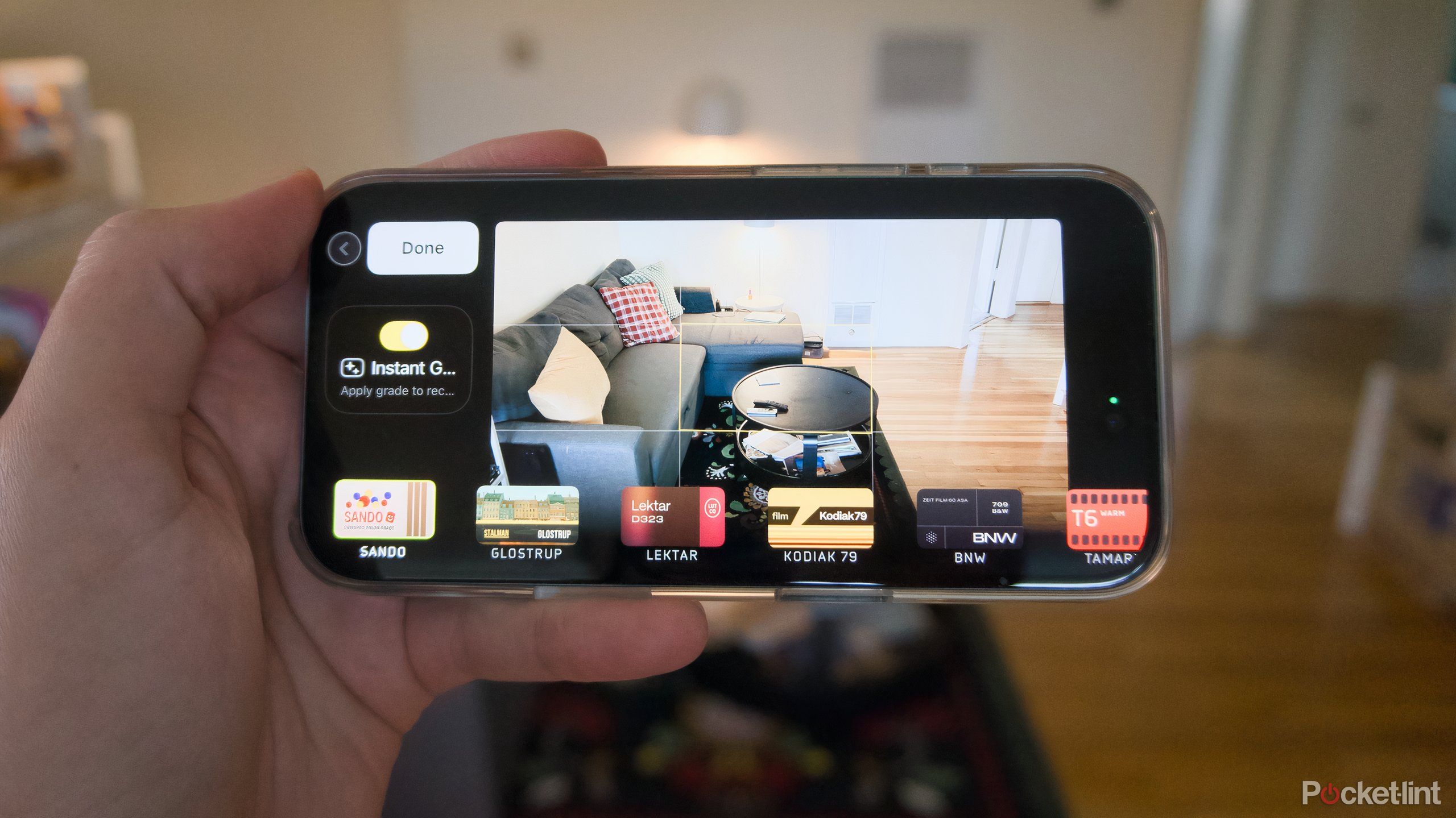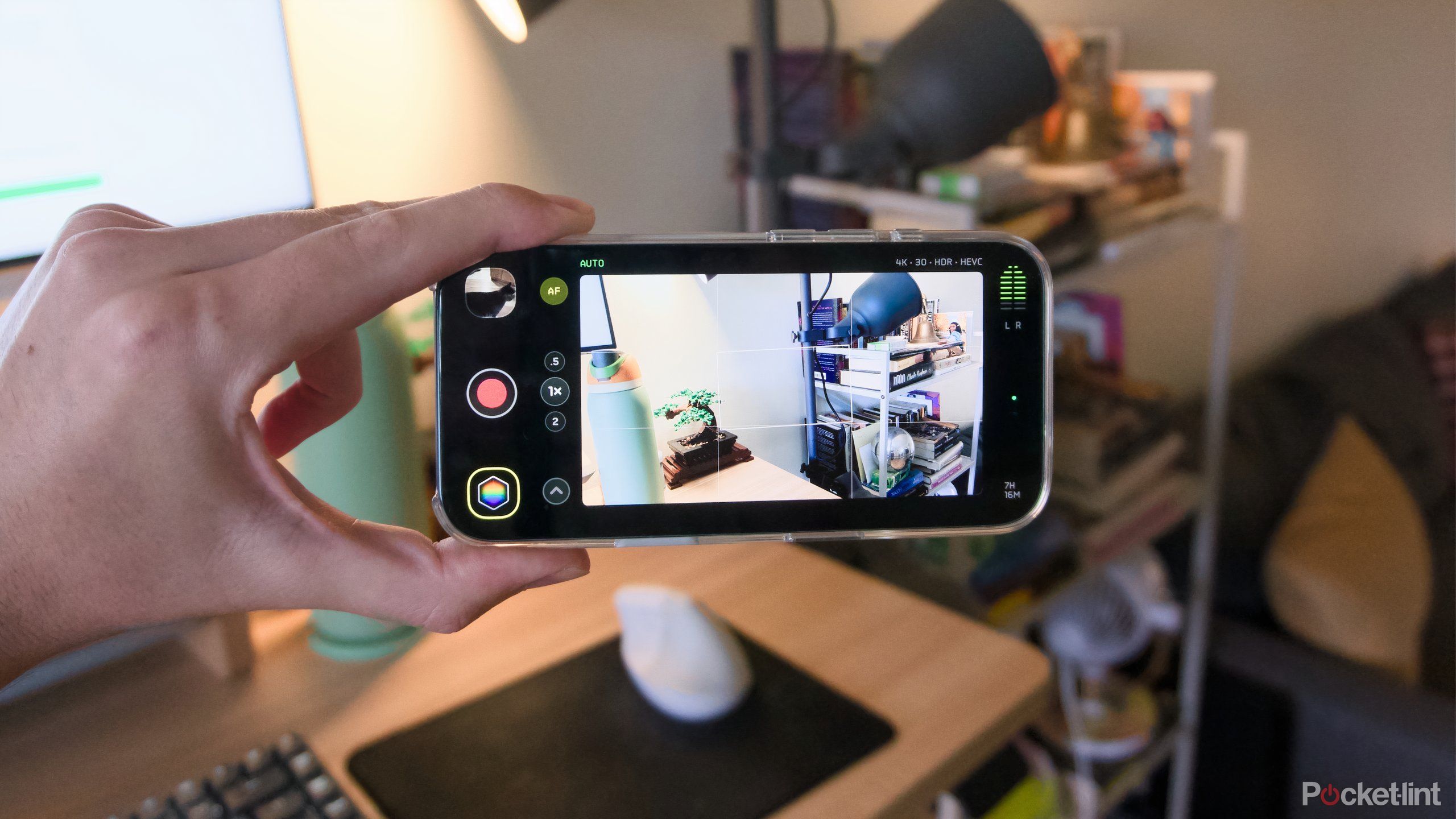Key Takeaways
- Kino gives professional controls and a easy interface for creating high-quality video.
- The app, developed by the creators of Halide, supplies detailed settings like white stability and focus upfront.
- Kino’s On the spot Grade characteristic applies skilled coloration grading whereas filming.
It is embarrassing to confess, however I’ve by no means actually been all for utilizing my iPhone as a digital camera. It is a proven fact that’s solely felt stranger as they’ve gotten higher and higher at capturing photos and videos. I am going to snap an image of one thing to recollect it or file a video of one thing humorous, however I’ve largely retreated from utilizing my iPhone’s cameras and microphones for audiovisual expression.
Halide, Lux’s images app, opened my eyes to how a lot I used to be lacking by not considering of my telephone as a digital camera. And Kino, the corporate’s video app that launched earlier in 2024, is poised to do one thing related with video. Like Halide, it makes an attempt to separate the distinction between professional controls and a easy interface. It additionally has a characteristic that I totally loved that is the precise reverse of Halide’s Course of Zero — the flexibility to immediately grade any of your movies when you seize them.
Shade grading will be one of many extra laborious elements of the post-production course of, and considered one of a number of methods which you can alter the look of a video you’ve got captured that is out of attain of the common particular person. With video extra essential than ever, and I’ve discovered Kino to be a good way to make the clips I seize really feel particular in a manner counting on my expertise alone could not. Here is what I like greatest about Kino after a little bit over every week utilizing it.
Associated
As a pro photographer, these are my favorite iPhone camera apps
These are the apps I flip to once I wish to get essentially the most from my iPhone’s digital camera.
How Kino helps you shoot higher movies
Being extra up-front with info and settings
It is essential to grasp that Kino is a radical reinvention or leapfrog of the iPhone’s built-in Digital camera app. Apple’s personal app is a lot succesful and has solely gotten extra succesful through the years as the corporate has more and more made taking good pictures and movies a prime of the road characteristic of recent telephones. Look again on the final 5 years of iPhone releases, and options centered on the digital camera have been a few of the most attention-grabbing, whether or not it was camera control on the iPhone 16 or cinematic mode on the iPhone 13.
Kino, like Halide, displays a choice for making info and in-depth settings readily accessible in a manner Apple is extra reluctant to in its personal app (one thing that is simply now altering with Digital camera Management’s varied sub-menus). Kino offers you extra fast management of particulars like white stability and focus. The app even helps you to alter give attention to the fly if you would like. It is a way more versatile setup, and it expects you to make tweaks. There’s an understanding from Lux Optics that, past framing, the important thing ability of images and cinematography is manipulating coloration and lightweight to your style with the settings your digital camera supplies.
The controls Kino put entrance and middle
Similar to the default Camera app, the main target of Kino’s seize interface, within the sense that it takes up a majority of the display, is the viewfinder, which supplies you a stay preview of what your shot seems like. Viewing Kino whereas holding your iPhone horizontal, a visible indicator of audio ranges is within the backside left nook of the display and the quantity of recording time you’ve got left is within the prime proper. Kino calculates that point remaining by understanding the dimensions of the file you are recording (4K clips are naturally going to take up extra space), the way it’s being encoded, and the way a lot area you’ve got left in your telephone — useful info Apple would not clarify till you are out of storage.
The testing for this text was completed working Kino on an iPhone 16, however you may have much more decision and codec choices if you happen to decide to make use of an iPhone 16 Professional or Professional Max.
Alongside the highest of the app, there is a show of the present decision, framerate, whether or not you are recording in HDR, and the codec you are utilizing to compress and retailer your movies. The app defaults to what is going to work greatest in your present telephone, however you can even alter these settings if the necessity arises. Down the center of the interface, proper earlier than you hit the file button, there’s an arrow icon that opens the QuickBar, buttons for every of the lenses you should utilize, and a toggle for Auto Focus, which you’ll be able to activate and off.
The next controls are within the QuickBar:
- Settings
- Switching between rear and entrance cameras
- Structure Grid and Degree
- Picture Stabilization
- RGB Waveform (for figuring out which elements of a shot are over or underneath lit)
Within the prime proper of Kino’s interface there is a Grade button that may be tapped to toggle coloration grading on and off and choose from a wide range of glorious preselected choices for various coloration grades to preview and use, and within the backside proper, there is a button that leads you to a gallery of clips you’ve got recorded not too long ago that may be additional edited or shared. You do not have to work together with a lot, if any of those options, if you happen to do not wish to, however as you begin to experiment past simply pointing and capturing, having choices on the prepared may be very useful.
The 2 substances that make a video shot in Kino particular
A way of movement blur due to AutoMotion
On prime of arranging and presenting its digital camera controls in a different way, Kino has two predominant options that make the movies it captures really feel extra “cinematic” than different digital camera apps. The primary is how Lux Optics provides movement blur to movies. Kino is designed to mechanically alter publicity in order that there may also be a “cinematic” quantity of movement blur. When you’ve shot movies in your telephone, you may discover that they give the impression of being extra crisp and better framerate than a film you watch within the theater. Most movies are shot at 24 frames per second. It is a candy spot that leaves the motion clear sufficient to comply with, however not so crisp and clear as to look synthetic. Kino’s software of movement blur by a characteristic referred to as “AutoMotion” is meant to attain the identical impact.
AutoMotion makes footage really feel extra pure, although it is not at all times the proper selection. Generally you need the hyperdigital look that smartphone cameras shoot in. In-app warnings additionally make it clear that AutoMotion would not work in all settings. In significantly brilliant capturing places, Auto Movement will flip off mechanically. Lux Optics even recommends utilizing an ND (impartial density) filter in your telephone if you wish to use the characteristic on a regular basis. That is a pure actuality of how movement blur is added to Kino footage, nevertheless it is perhaps value working round if, like me, you favor the movies the app creates.
Skilled coloration grading with On the spot Grade
The opposite half of Kino’s skilled video coin is coloration grading. Kino’s On the spot Grade can provide you a stay preview of a number of coloration grade choices and mechanically apply grading when you movie, even ones primarily based on a LUT (Lookup Desk) that you just created your self. Lux Optics credit the inspiration for this characteristic with Apple’s introduction of Apple ProRes Go surfing the iPhone 15 Pro and Pro Max. Log is a brand new technique of encoding video footage that preserves extra of the data from a clip, just like the highlights and shadows. That Log footage works properly for coloration grading, which is the place On the spot Grade is available in.
Derisively, switching between Kino’s totally different grades can really feel a bit like making use of an Instagram filter at first blush. Selecting between a grade like Sando, with its brilliant, pop-y look, or BNW, the black and white possibility, earlier than you even begin capturing would not really feel very “skilled.” However the customizations Kino is making transcend making use of a superficial layer of coloration or texture. They’re additionally, on the entire, far more tasteful than any of the choices you may discover in a social media app. You can even simply apply them after the actual fact, so if you happen to do not wish to decide to something earlier than calling motion, your whole choices are nonetheless on the desk.
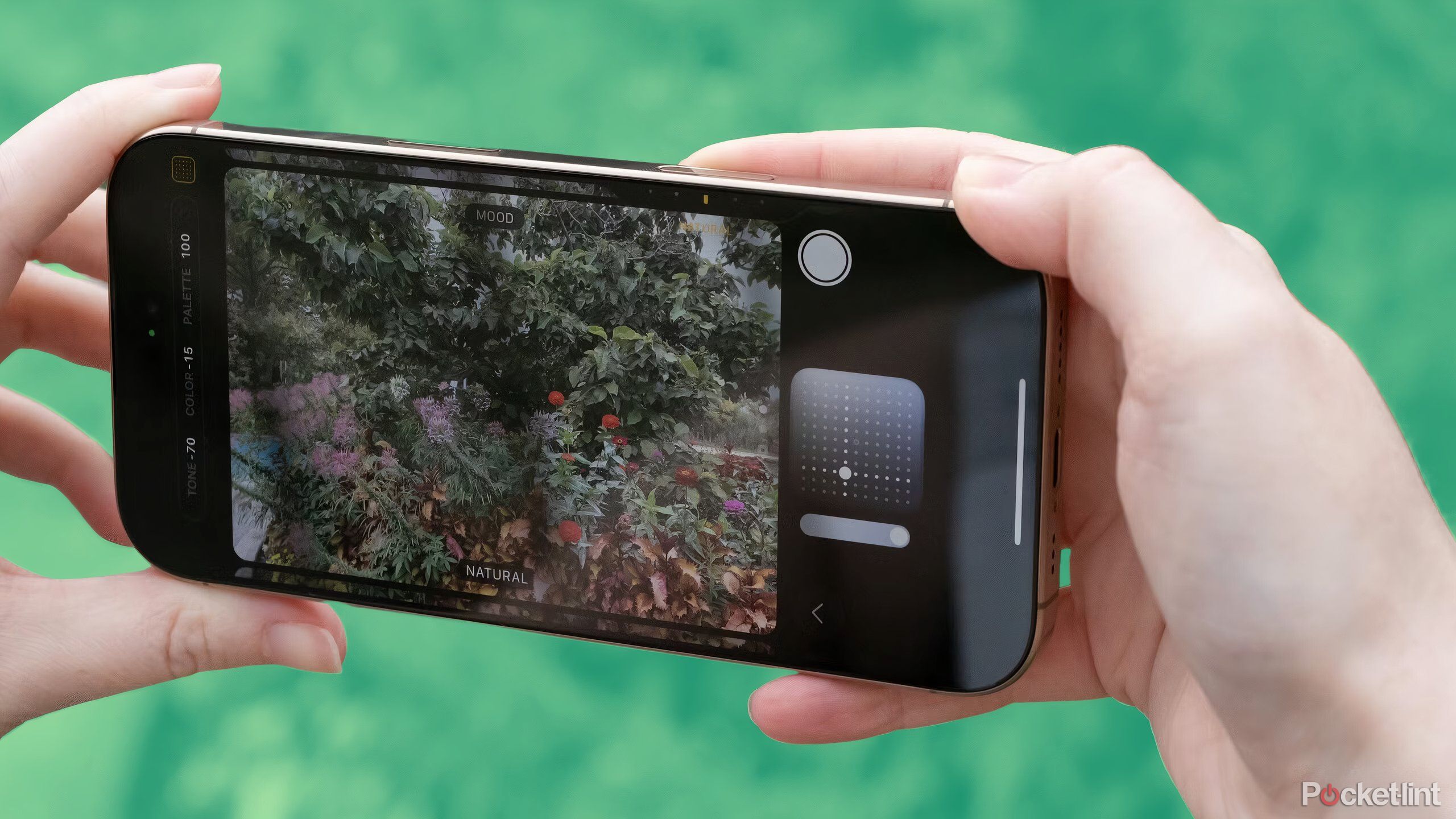
Associated
What are the iPhone’s HEIC, ProRAW, and ProRes RAW for?
Your iPhone may very properly be essentially the most highly effective and easy-to-use digital camera you personal, however the information it creates are a complete different story.
Discovering a stability between ultra-processed and unprocessed
Digital camera apps ought to make you wish to use your telephone’s digital camera
I am properly conscious of the irony that the factor I discovered most attention-grabbing in Halide — the app’s capacity to skip Apple’s more and more heavy-handed photograph processing — is the precise reverse of the colour grading choices I discovered so enjoyable Kino. However I do suppose it is an expression of the bizarre place smartphone makers are at on the subject of cameras.
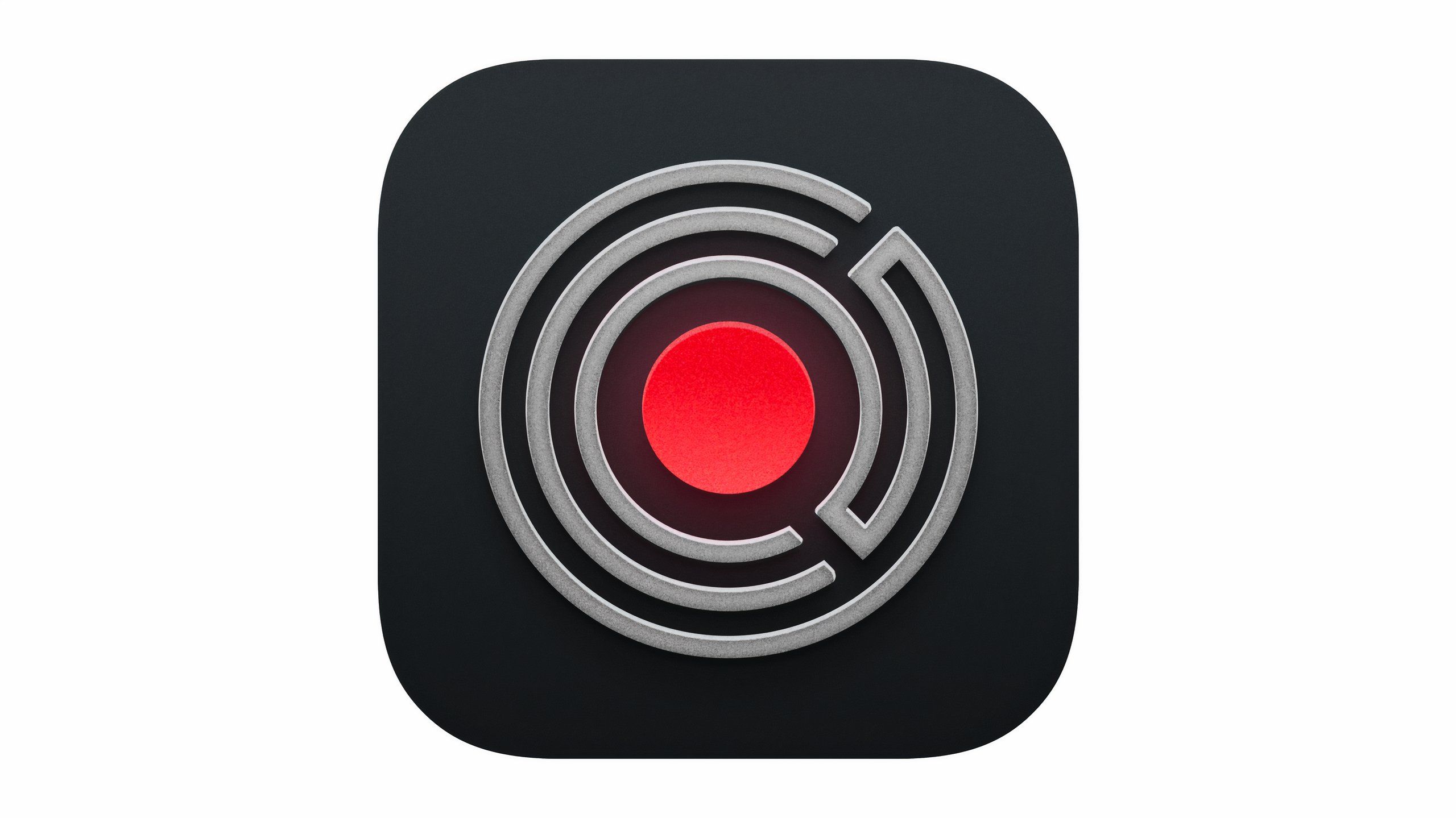
Kino
Kino, is to video what Halide is to pictures. It has a easy interface that is approachable for brand spanking new customers, however loads of pro-friendly settings and data that ought to please avid cinematographers. The star is the app’s On the spot Grade characteristic, which mechanically applies coloration grading when you shoot.
Each firm has to decide about how a lot artificiality they’re prepared to introduce to their digital camera software program within the title of creating it simple to take good pictures, and edit unhealthy ones to your liking. With instruments like Photographic Types, Apple appears more and more prepared to place quite a lot of choices on the desk however go away the remainder as much as the consumer. Google actually has quite a lot of opinions about how pictures and movies ought to look, nevertheless it’s additionally given customers AI-powered instruments to create pictures not grounded in actuality in any respect.
Each firm has to decide about how a lot artificiality they’re prepared to introduce to their digital camera software program…
Kino, like Halide, looks like a great center floor, leveraging what trendy iPhones are able to, however finally centered first on simply letting you movie high-quality video. On the spot Grade is straightforward to make use of, nevertheless it’s additionally solely non-obligatory, identical to Course of Zero in Halide. What each apps excel at, is making the method of capturing a photograph and video really feel extra considerate, enjoyable, and look quite a bit higher. Placing settings the place you possibly can see them naturally makes you wish to alter them. Artwork is about experimentation, and Kino offers you loads of parameters to play with.
Trending Merchandise

NETGEAR Nighthawk Tri-Band WiFi 6E Router (RAXE300...


